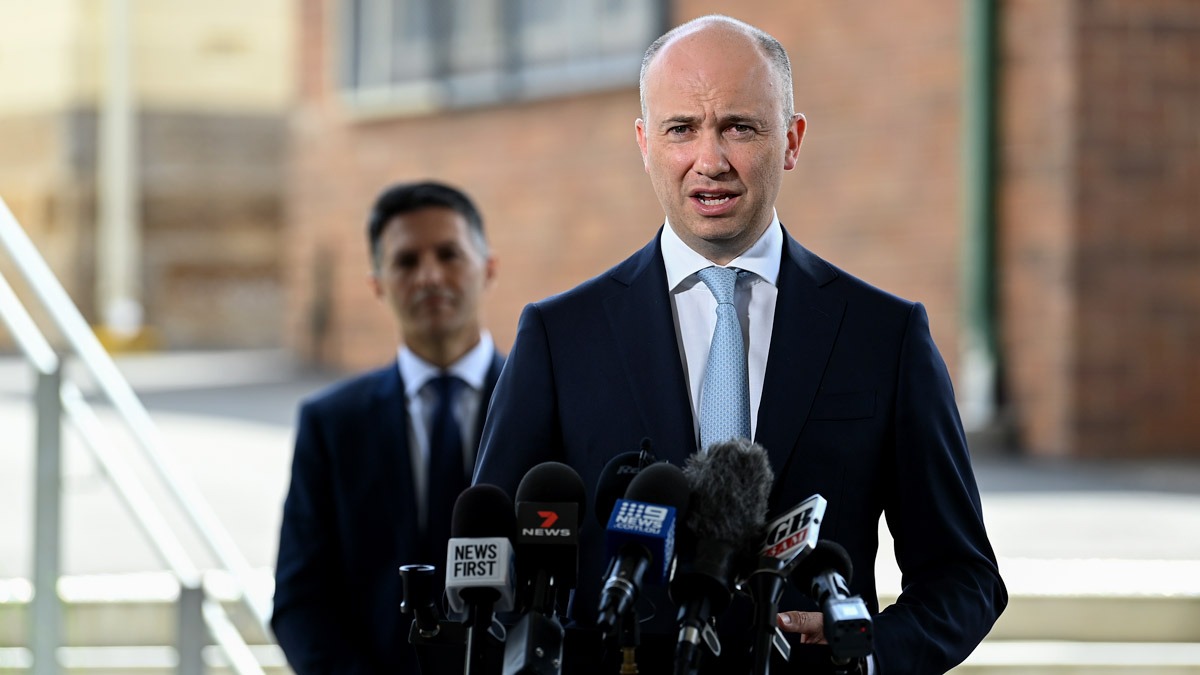The NSW government will invest $1.2 billion to fast track the development of the state’s renewable energy zones, funding the construction of new transmission network and energy storage infrastructure – including the massive Warratah Super Battery.
The funding will be included in the upcoming state budget, and NSW treasurer Matt Kean says the new Transmission Acceleration Facility will fund the transmission infrastructure needed to enable new wind and solar projects to replace the state’s ageing thermal power stations.
“Renewable Energy Zones are modern day power stations, providing cheap and clean power for the homes and businesses of NSW,” Kean said.
“This is the state’s largest ever investment in infrastructure for renewable energy and is expected to help create 2,700 direct construction jobs across the State.”
“We estimate the Facility will drive at least $14 billion in private transmission infrastructure investment with all government contributions to be fully recovered,” Kean added.
The budget commitment was announced on Friday, ahead of the state budget being handed down on 21 June.
The plan to create the Transmission Acceleration Facility was first revealed in February, following Origin Energy’s announcement that it would bring forward the closure of the Eraring power station.
“The Facility will be used to undertake development activities to accelerate key transmission projects, including the Central West Orana Renewable Energy Zone, the New England Renewable Energy Zone and the Hunter Transmission Project, and is expected to help create 2,700 direct construction jobs across the State,” the NSW government said at the time.
The facility’s first investment will be funding for the massive 700MW/1400MWh Waratah Super Battery.
The NSW government has previously said a significant number of local and international consortiums have expressed interest in building the Waratah Super Battery, which is expected to be located on the Central Coast and operational before the end of 2024.
The NSW government says there are more than 50 new solar, wind and energy storage projects currently progressing through planning and development processes and that the investment in new network infrastructure was necessary to ensure there was sufficient capacity to allow them to connect to the grid.
Kean said the current crisis impacting energy prices, which has seen electricity and gas prices surge to extreme highs, underpinned the need to speed up the state’s investments in the renewable energy zones.
“Energy prices are up because of Russia’s invasion of Ukraine and unplanned outages at coal-fired power stations,” Kean said.
“Fast-tracking the construction of renewable energy is the best way to reduce our exposure to these risks and take advantage of cleaner, cheaper power sources.”
The funding announcement was welcomed by the Clean Energy Council, saying it served as an important acknowledgment of the role of transmission infrastructure in supporting the clean energy transition.
“Over the past several years, the NSW Government has taken a leading role in Australia’s clean energy transition through its Electricity Infrastructure Roadmap and renewable energy zones,” the CEC’s director of external affairs, Arron Wood, said.
“As coal power stations come offline, it is investments like the Transmission Acceleration Facility that will help us plug into the renewable energy projects that will lower power prices, create jobs, keep the lights on and reduce our emissions.
“At a time when energy prices are at near-record highs, they will also help to alleviate the factors that have caused the current energy crisis and to avoid them reoccurring in the future.”
The new Transmission Acceleration Facility will be managed by the Energy Corporation of NSW, which has been established to manage the creation of the renewable energy zones.
“The Facility is a critical step in unlocking the new generation needed to improve competition, lower power prices and secure a brighter future for households and business,” Kean added.










